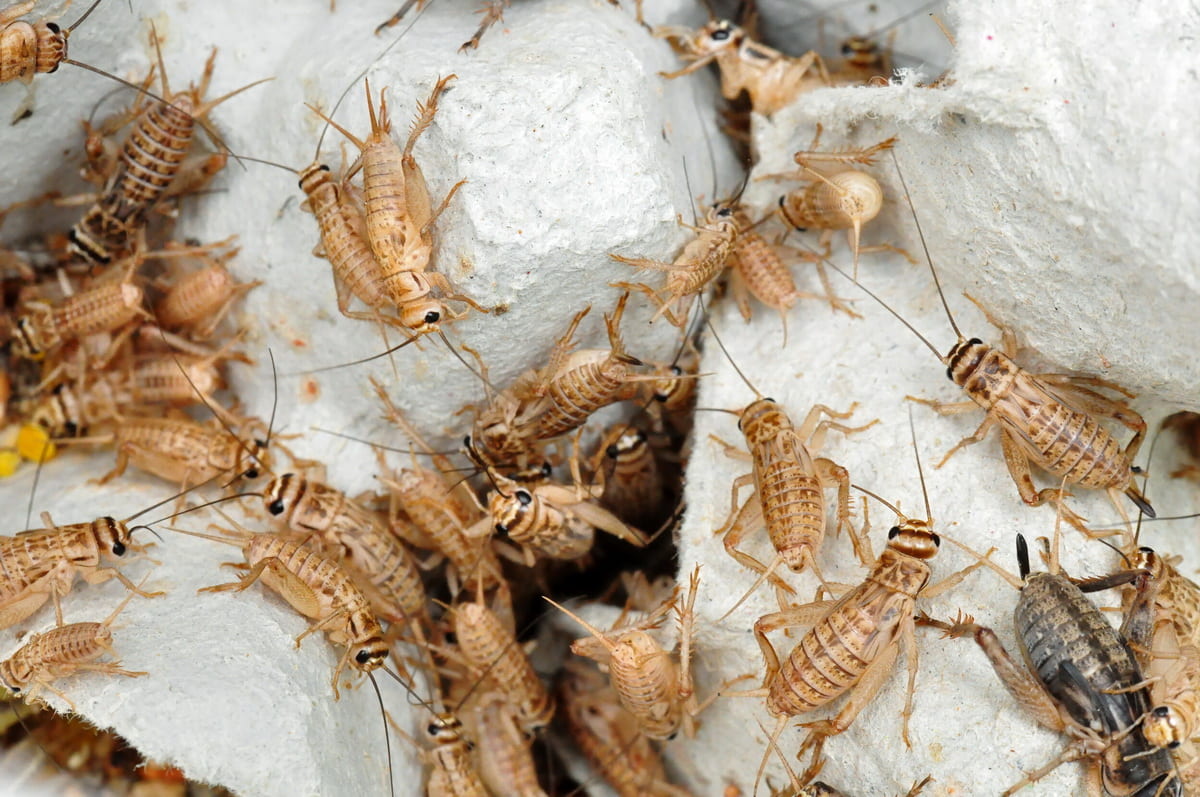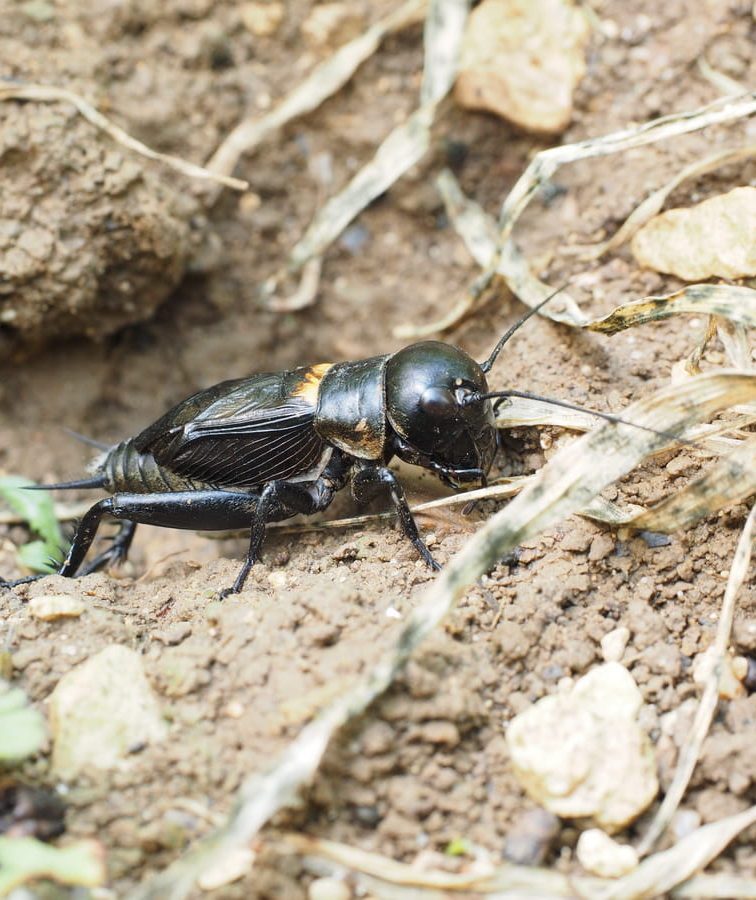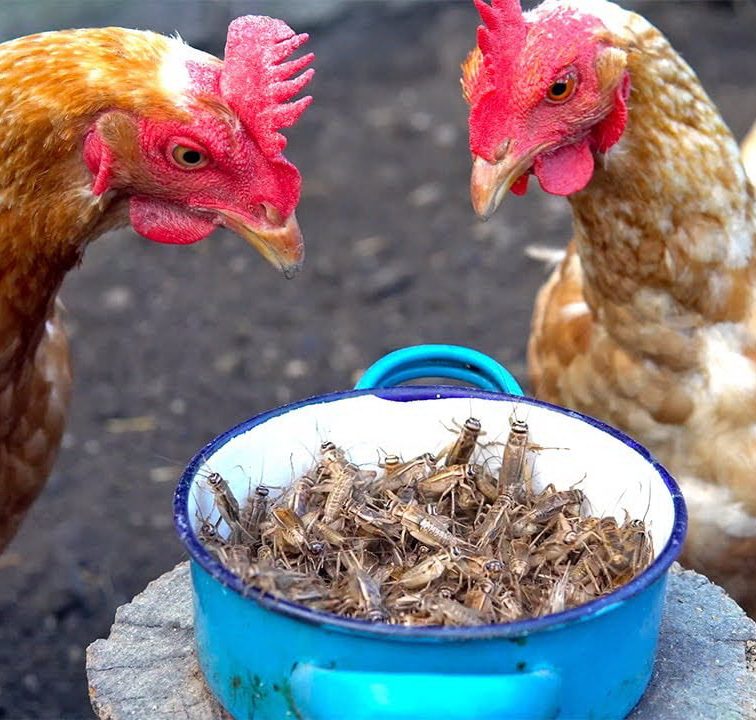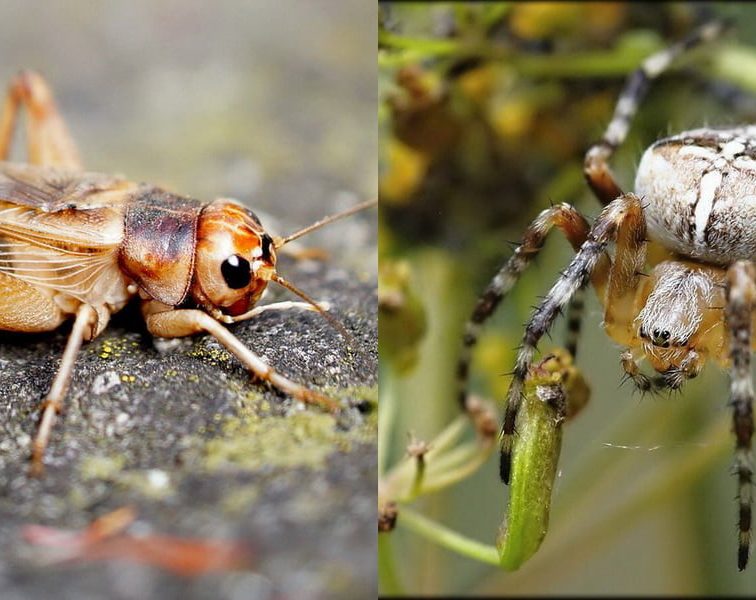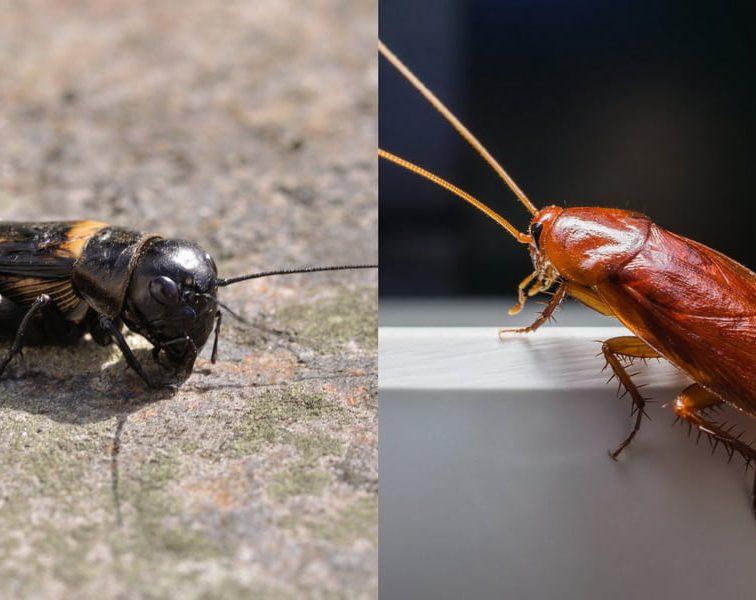Those who stumble upon crickets in their homes often ponder, “Do crickets eat cardboard?” This question isn’t just trivial curiosity. It’s crucial for individuals facing cricket infestations, who observe these insects lurking around household items, including cardboard.
For pet owners and those who use crickets as feed, understanding their diet, including the potential consumption of cardboard, is vital for effective care and ‘gut loading.’
Exploring the adaptive feeding habits of crickets in human environments, particularly their potential interaction with cardboard, provides insight into both household pest management and the care of crickets as pets or feed.
Crickets’ Diet Overview
Crickets are fascinating insects with diverse dietary habits, varying significantly among different species. They are found all around the world and are known for their omnivorous nature, meaning they eat both plant and animal matter. However, the specifics of their diet can change based on their species and environment.
Diet Overview in Different Species of Crickets:
- House Crickets: Native to Asia and now found worldwide, house crickets thrive in environments with adequate moisture and warmth. Their omnivorous diet includes plant matter, decaying organic material, and smaller insects. In domestic settings, they often consume grains, pet food, fabrics, and paper products. This adaptability in diet helps them to thrive in various environments.
- Jamaican Field Crickets: They are omnivorous, feeding on fly pupa and plant seedlings, and are considered agricultural pests due to their consumption of seedlings.
- Snowy Tree Crickets: These consume young fruits (like apples, peaches, plums, cherries), flowers, and foliage. Adult crickets also feed on aphids and caterpillars.
- Mormon Crickets: Mostly feed on rangeland shrubs, forbs, and grasses. During migration, they also consume forage crops, fruit trees, vineyards, and grains.
- Mole Crickets: Their diet is varied, with some species being strictly herbivores while others are omnivores, feeding on larvae, worms, roots, and grasses.
- Jerusalem Crickets: They primarily feed on dead organic matter, such as roots and tubers that are already dead or dying.
- Australian Field Crickets: Mainly feed on plant matter.
Crickets in the Wild vs. Captivity:
In the wild, crickets’ diet includes fruits, vegetables, seeds, flowers, other insects (like larvae, pupa, aphids), and scavenged meat.
In captivity, crickets adapt well to various foodstuffs, including commercial pet foods, vegetables (like carrots, squash, potato, sweet potato, spinach, kale), fruits (apples, pears, bananas, oranges, melons), grains (wheat germs, rice meal, rolled oats, and alfalfa), and protein sources (dry dog and cat food, fish flakes, suitable reptile foods).
In summary, crickets are highly adaptable feeders, capable of consuming a wide range of food sources based on their environment and species. This adaptability makes them an interesting subject for study and an important part of both wild and captive ecosystems.
Crickets and Cardboard
Crickets, known for their omnivorous diet, may occasionally nibble on cardboard. This behavior is not primarily driven by nutritional needs but rather out of curiosity or necessity.
Cardboard can attract crickets in domestic environments, especially when it is associated with shelter or residual food particles. However, it is important to note that cardboard is not a staple in their diet. In typical situations, crickets prefer a diet consisting of a variety of plants, insects, and decaying matter.
When found in homes, crickets may gravitate towards cardboard due to the combination of shelter and potential food residue rather than for the cellulose in the cardboard itself.
Conclusion
To conclude, the question “Do crickets eat cardboard?” reveals that while crickets are curious and adaptable, cardboard is not a preferred food source for them. They may interact with cardboard in domestic settings due to residual food particles or as a shelter, but it doesn’t constitute a significant part of their diet.
Understanding this behavior is essential for managing crickets in human-inhabited areas, ensuring both effective pest control and appropriate care for crickets kept as pets or feeders.
FAQ
What household items do crickets eat?
Crickets, being omnivores, may consume various household items. They are known to eat fabrics, synthetic fibers, wool, cotton, grains, and food crumbs. Their diet in domestic environments can also include paper products and decaying organic materials.
Will crickets eat paper?
Yes, crickets may eat paper. This behavior is typically driven by the presence of starches or glues in the paper, which can provide a source of nutrition for them, especially in the absence of their preferred food sources.
Why do crickets like egg cartons?
Crickets are drawn to egg cartons mainly for shelter. The structure of egg cartons provides an ideal hiding place for crickets, offering protection and a conducive environment for laying eggs. The material of egg cartons can also retain moisture, which is beneficial for crickets.


